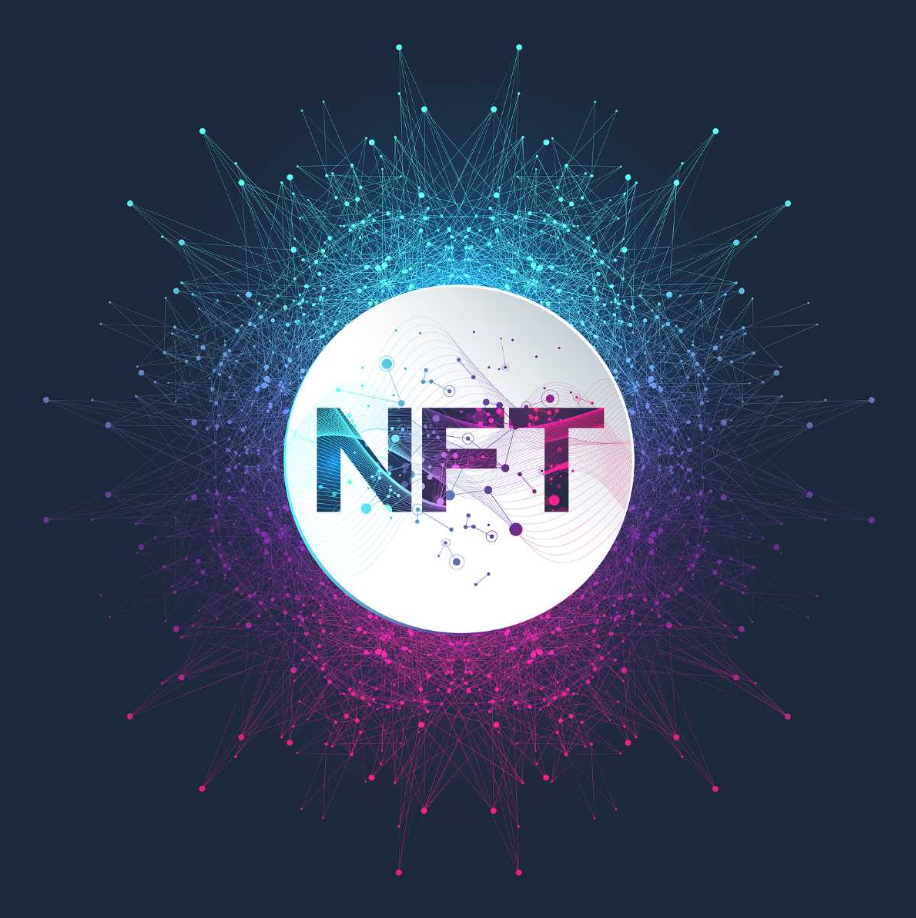The cryptoverse buzzes with a novel concept: "restaking", wherein Ethereum's staked ETH tokens can be reused for other smaller networks. Championed largely by EigenLayer, this development aims to simplify blockchain initiation, reducing the need for individual security frameworks.
This new paradigm suggests an enticing prospect for Ethereum stakers - a chance to augment their income by restaking tokens for projects outside Ethereum. Currently, a staggering 23.4 million ETH ($43 billion value) is staked on Ethereum with around 730,000 validators.
EigenLayer, brought to life by Sreeram Kannan of the University of Washington, embarked on this journey in 2021 and is hailed as the torchbearer of restaking. Their recent "Stage 1" deployment, after a rigorous two-month test phase, marked a significant stride.
The innovative approach of EigenLayer facilitates seamless project development, something that was previously plagued by the complexities of bootstrapping trust networks. However, like all innovations, it brings potential pitfalls. A predominant concern is "slashing" – penalties slapped on staked deposits. Ethereum co-founder, Vitalik Buterin, accentuates the potential systemic risks this model poses to the entire ecosystem.
So, how does this process function?
EigenLayer’s protocol enables the extension of Ethereum's decentralized trust mechanism to other platforms. Initial operations include support for staked ETH tokens like Lido stETH, Rocket Pool ETH (rETH), and Coinbase Wrapped Staked ETH (cbETH).
The essence of restaking mirrors the "merged mining" in Bitcoin's ecosystem, which leverages hashpower to fortify another blockchain. In EigenLayer's ambit, it paves the way for diverse cryptoeconomic protocols ranging from middleware, novel oracle mechanisms to entirely unprecedented protocols.
Ben Wee's recent Medium post encapsulates the vision of EigenLayer, describing it as a "staking marketplace" where validators and protocols can trade pooled security.
Further solidifying its position, EigenLayer's total value locked catapulted to around $90 million shortly after amplifying its restaking capacity, a testimony to the community's fervor for the platform.
However, the dual-use of validator-staked ETH remains a contentious issue, with Buterin emphasizing Ethereum's consensus mechanism should remain unsullied. In a public response, EigenLayer founder Kannan acknowledged the risks, mirroring the sentiments voiced by Buterin.
It's evident: the horizon of Ethereum sees the dawn of restaking, with promising opportunities and looming challenges in the mix.







